Fluoride in tap water
for healthy communities
Oral health significantly improves in communities where water fluoridation is present.
Tap water with fluoride at the right level helps adults and also seniors, who can be more susceptible to tooth decay. This is important since Medicare doesn’t cover most dental care costs, leaving seniors with no dental care or costly bills. People from generations born after fluoridation was commonly implemented in the United States don’t need dentures or costly implants as they reach old age.
Because water fluoridation protects and strengthens tooth enamel, it improves oral health even among people who brush their teeth daily and visit their dentists regularly. Many communities view water fluoridation as a highly cost-effective way to ensure that everyone benefits from better health.
Many communities view water fluoridation as a highly cost-effective way to ensure that everyone benefits from better health.”
Fluoridation in Washington
In Washington, public water systems began providing a good balance of fluoride in drinking water in the mid to late 1950s. Today, approximately 56% of Washingtonians who get their drinking water from community water systems are receiving fluoridated water. This is lower than the United States average of 73%. Some of Washington’s most populated areas, such as King, Snohomish, and Yakima counties have the right balance of fluoride to support good health. A few counties, mostly in Eastern Washington, have significant amounts of naturally occurring fluoride.
Reach out to your local water service to see if your community benefits from water fluoridation.

56%
of Washingtonians receive fluoridated water from their community water systems.
Fluoridation by county
Hover over the map to see fluoridation rates by county

73%
of Americans’ community water systems are fluoridated. If you live in a state other than Washington, you can explore your community’s status at CDC.
Fluoridation in Washington
In Washington, public water systems began providing a good balance of fluoride in drinking water in the mid to late 1950s. Today, approximately 56% of Washingtonians who get their drinking water from community water systems are receiving fluoridated water. This is lower than the United States average of 73%. Some of Washington’s most populated areas, such as King, Snohomish, and Yakima counties have the right balance of fluoride to support good health. A few counties, mostly in Eastern Washington, have significant amounts of naturally occurring fluoride.
Reach out to your local water service to see if your community benefits from water fluoridation.
Fluoridation by county
Tap the map to see flouridation rates by county.

56%
of Washingtonians receive fluoridated water from their community water systems.

73%
of Americans’ community water systems are fluoridated. If you live in a state other than Washington, you can explore your community’s status at CDC.
Fluoridation in Washington
In Washington, public water systems began providing a good balance of fluoride in drinking water in the mid to late 1950s. Today, approximately 56% of Washingtonians who get their drinking water from community water systems are receiving fluoridated water. This is lower than the United States average of 73%. Some of Washington’s most populated areas, such as King, Snohomish, and Yakima counties have the right balance of fluoride to support good health. A few counties, mostly in Eastern Washington, have significant amounts of naturally occurring fluoride.
Reach out to your local water service to see if your community benefits from water fluoridation.
Fluoridation by county
Tap the map to see flouridation rates by county.

56%
of Washingtonians receive fluoridated water from their community water systems.

73%
of Americans’ community water systems are fluoridated. If you live in a state other than Washington, you can explore your community’s status at CDC.

Unfair access
All Washingtonians should be able to enjoy the health benefits that result from the optimal balance of fluoride in tap water. Unfortunately, the lack of access to fluoridation hurts mostly rural, low-income and underserved communities. This leaves thousands of children and adults needlessly suffering from oral health problems. It’s important that all communities get access to modern standards of water fluoridation. We have the opportunity to ensure that our kids don’t fall behind on oral health and are given a fair opportunity to grow healthy and thrive.
30%
Studies show that water fluoridation reduces tooth decay by 30% among children of ages 4 to 17.
Water systems and beneficial levels
The state regulates the amount of fluoride that can be adjusted in water—within the levels recommended for beneficial health and safety. If you want to know about fluoride in your drinking water, the best way is to ask your local water system or, if you live in Washington, the Washington State Department of Health. If you live in a state other than Washington, CDC’s My Water’s Fluoride is another resource for fluoride in tap water.


Water systems and beneficial levels
The state regulates the amount of fluoride that can be adjusted in water—within the levels recommended for beneficial health and safety. If you want to know about fluoride in your drinking water, the best way is to ask your local water system or, if you live in Washington, the Washington State Department of Health. If you live in a state other than Washington, CDC’s My Water’s Fluoride is another resource for fluoride in tap water.

Who supports water fluoridation?
Health experts, local governments and community organizations support fluoridation as a way of giving all Washingtonians equal access to good health.
